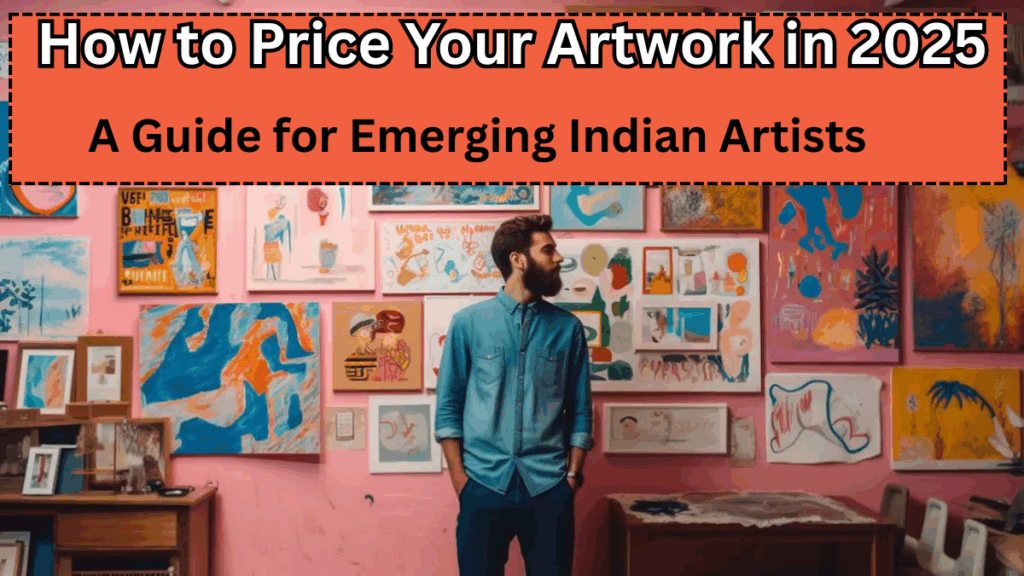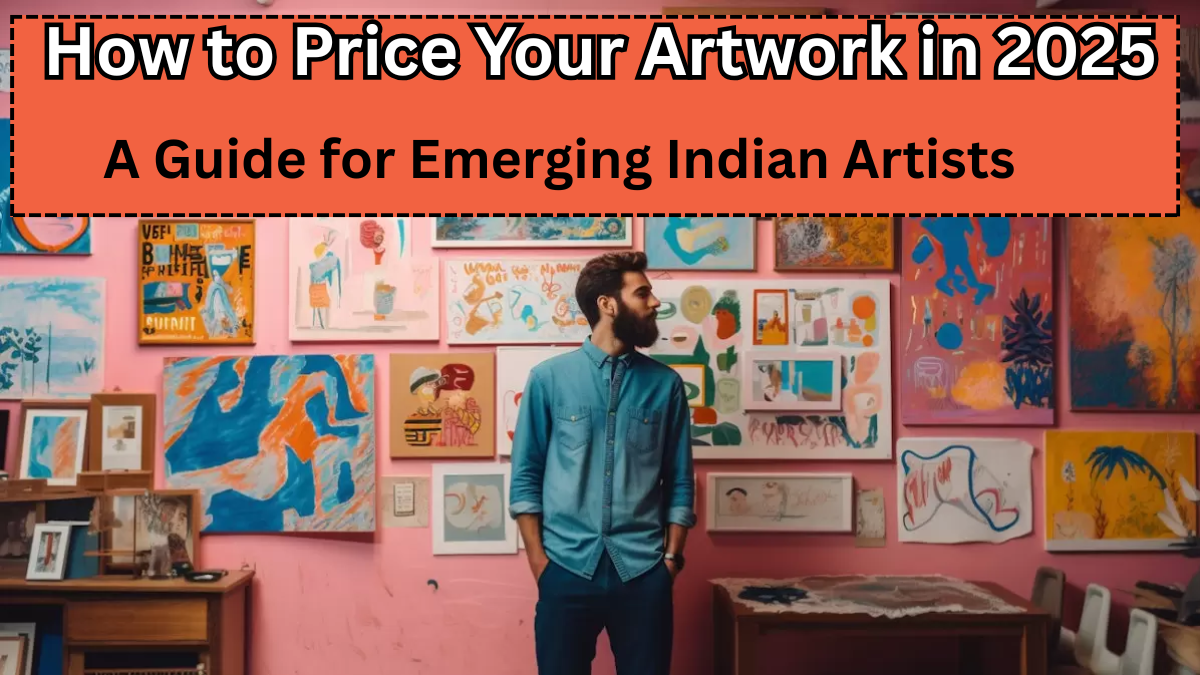Stepping into the art world as a new artist can be exciting yet overwhelming—especially when it comes to putting a price tag on your creations. For many, pricing artwork as a beginner feels like an emotional and financial balancing act. But in 2025, with India’s evolving art market and growing opportunities, artists have more tools and resources than ever to make informed decisions.
This emerging artists guide will help you understand the process of valuing your work fairly while building a sustainable career.

Why Pricing Your Artwork Matters
For emerging artists, pricing isn’t just about earning money—it’s about positioning yourself in the market. Your price communicates your value, sets expectations for buyers, and helps you grow professionally.
Key reasons to get your pricing right:
-
Establishes your brand value in the art market
-
Builds trust with collectors and galleries
-
Ensures your creative efforts are financially sustainable
Factors to Consider When Pricing Artwork
When pricing artwork as a beginner, don’t just think about how much you’d like to earn—consider the overall value you’re offering to the buyer.
Here’s what to keep in mind:
-
Materials & Time – Factor in the cost of canvases, paints, tools, and the number of hours spent.
-
Experience & Skill Level – As an emerging artist, start modestly but reflect the uniqueness of your work.
-
Market Research – Check prices of similar works by other new artists in your genre and location.
-
Size & Complexity – Larger, more detailed works often demand higher prices.
-
Demand & Exposure – If your work is gaining attention on social media or exhibitions, adjust pricing accordingly.
Simple Pricing Formula for Beginners
A basic pricing formula can help you avoid guesswork:
Component |
Calculation |
|---|---|
Cost of Materials |
Add up total material costs |
Labor (Hourly Rate) |
Your time x hourly rate |
Profit Margin |
10–20% (for growth) |
Final Price |
Materials + Labor + Margin |
Example:
If you spent ₹2,000 on materials, worked 15 hours (₹500/hr), and added a 10% profit margin, the final price could be:
₹2,000 + (15 × 500) + 10% = ₹10,700
Common Mistakes to Avoid
-
Underpricing: Don’t undervalue your talent to make a sale.
-
Inconsistency: Keep your pricing consistent across platforms and galleries.
-
Ignoring Market Trends: Stay updated with what collectors are paying in 2025.
Practical Tips for Emerging Indian Artists
-
Start with smaller, affordable pieces to attract first-time buyers.
-
Offer limited-edition prints for budget-conscious collectors.
-
Use online platforms like Instagram, Etsy, and Indian art marketplaces to reach a wider audience.
-
Attend workshops and seek mentorship from experienced artists.
FAQs
How do I start pricing artwork as a beginner in India?
Begin by calculating material costs, adding an hourly rate for your time, and including a small profit margin. Compare your prices with similar emerging artists.
Should I charge differently for commissioned work?
Yes. Commissioned pieces often require more customization and time, so add a premium to your base pricing.
How often should I revise my prices?
Review your pricing at least once a year or when your demand, skill level, or market exposure significantly increases.
Is it okay to sell art at lower prices to gain visibility?
It’s fine initially, but avoid underpricing for too long. Gradually increase your rates as your reputation grows.
Final Thoughts
As an artist, your work holds both emotional and monetary value. This emerging artists guide is designed to help you confidently set prices that reflect your talent and effort. Remember, pricing artwork as a beginner is just the first step—your prices should evolve as you grow and make your mark in the Indian art scene.
Click here to learn more
